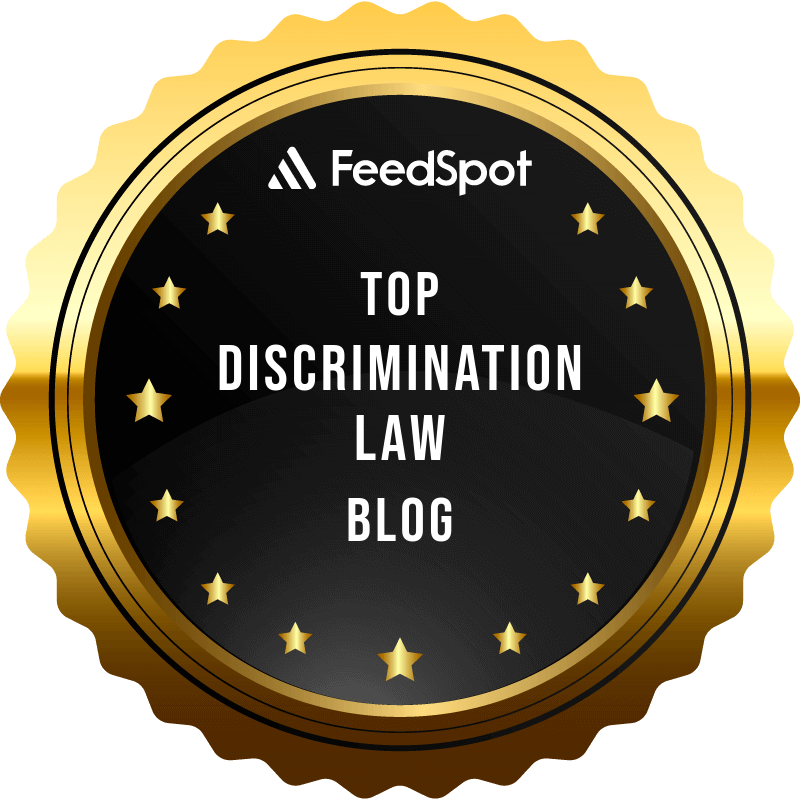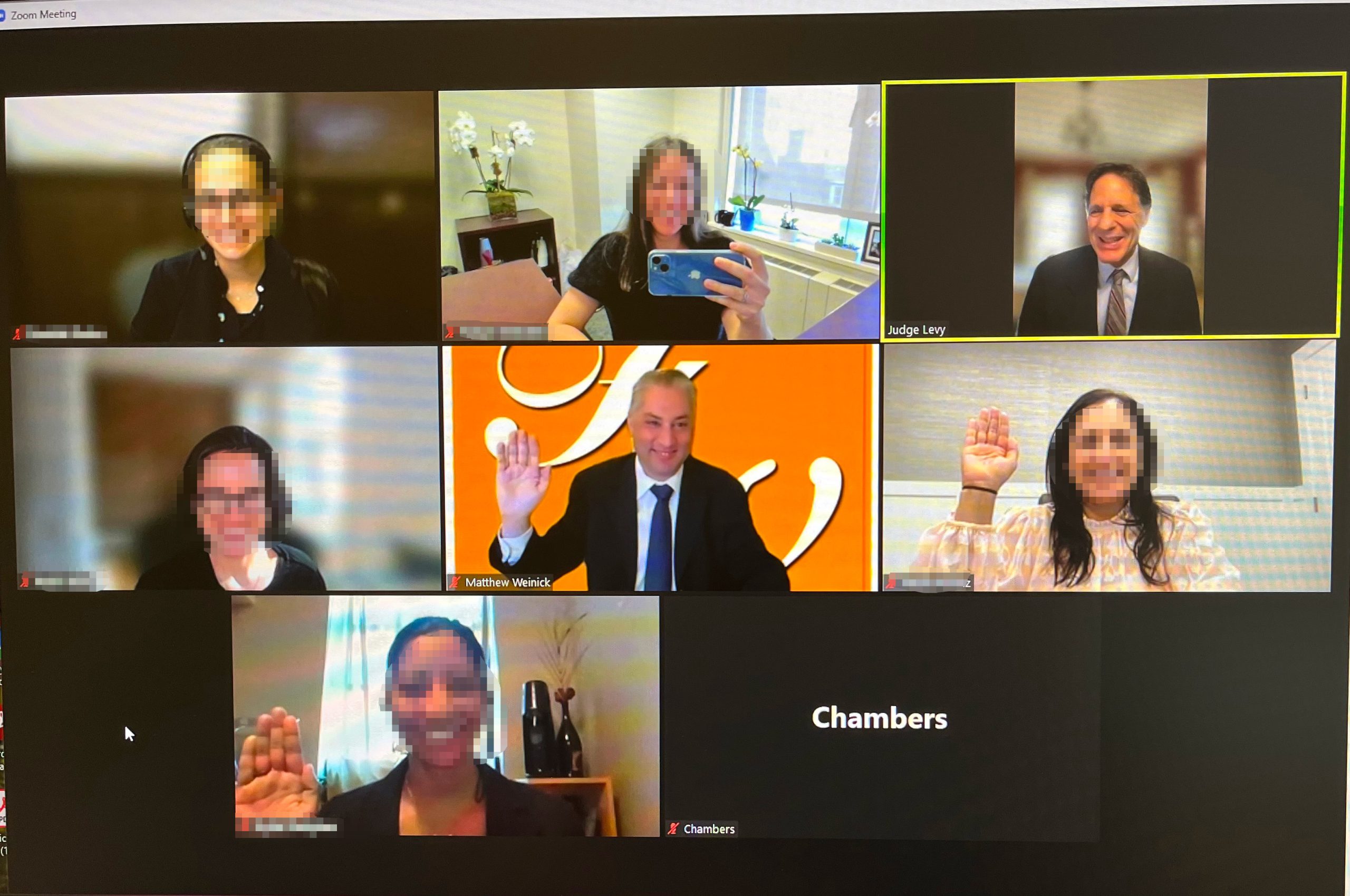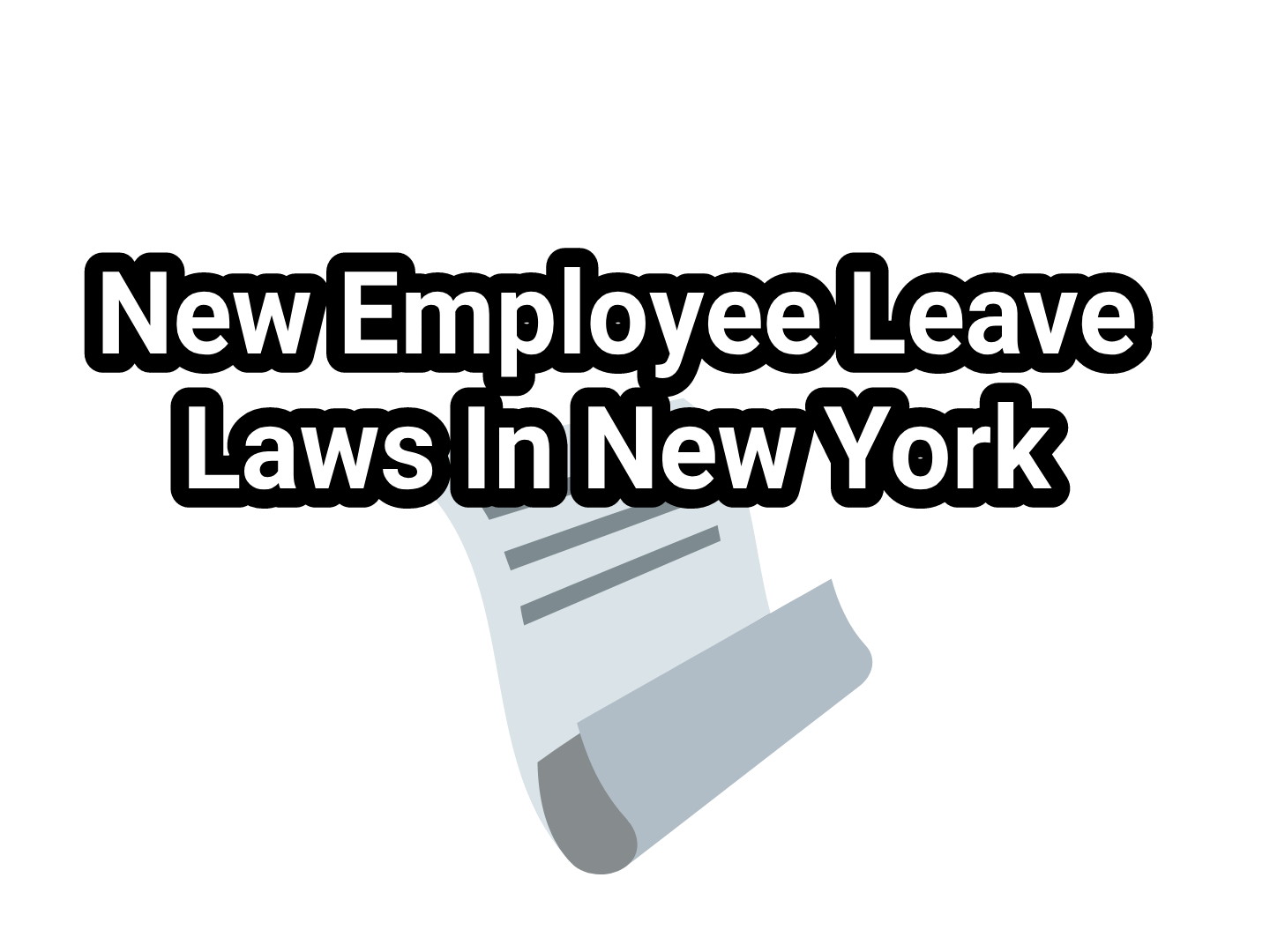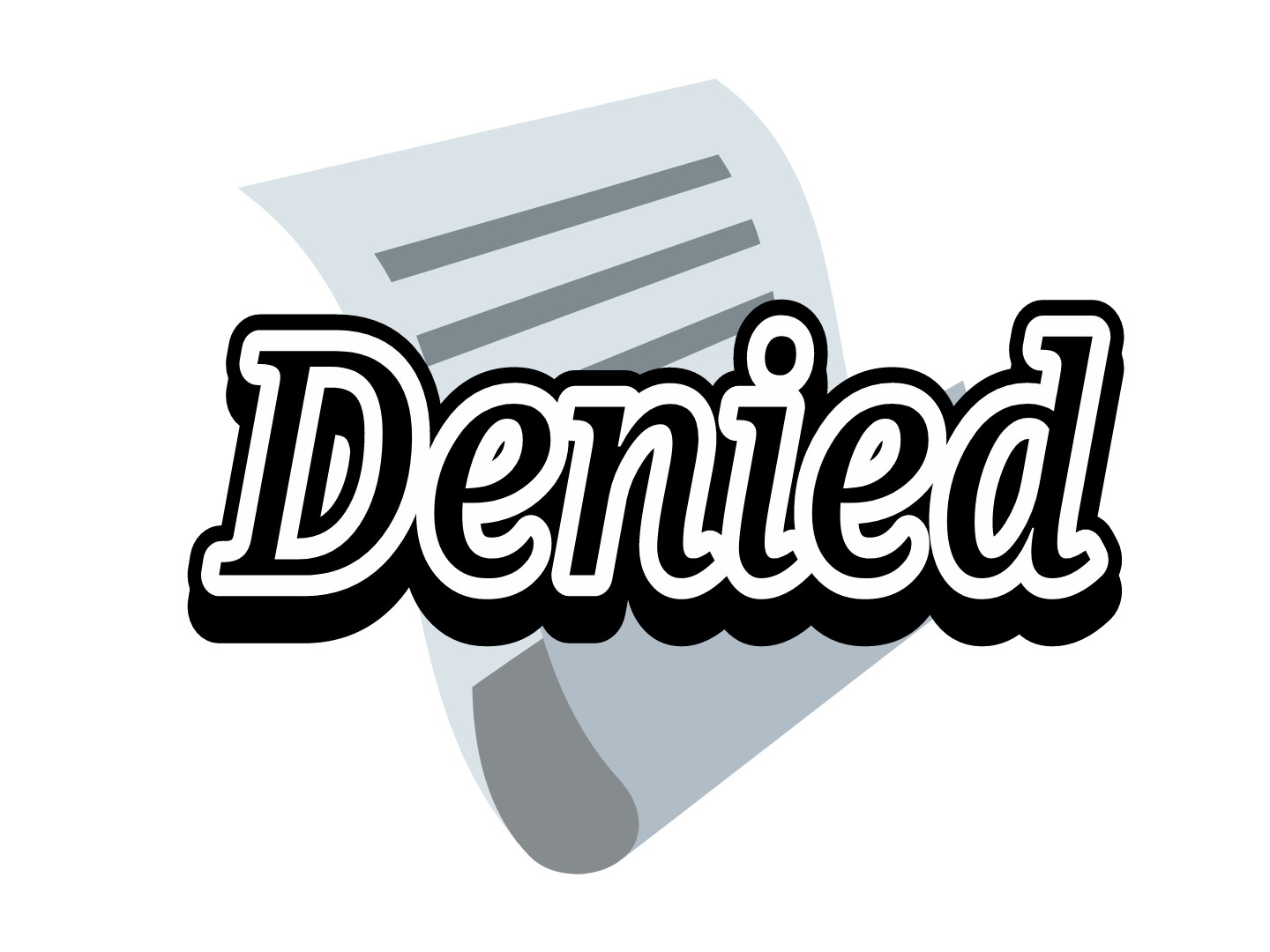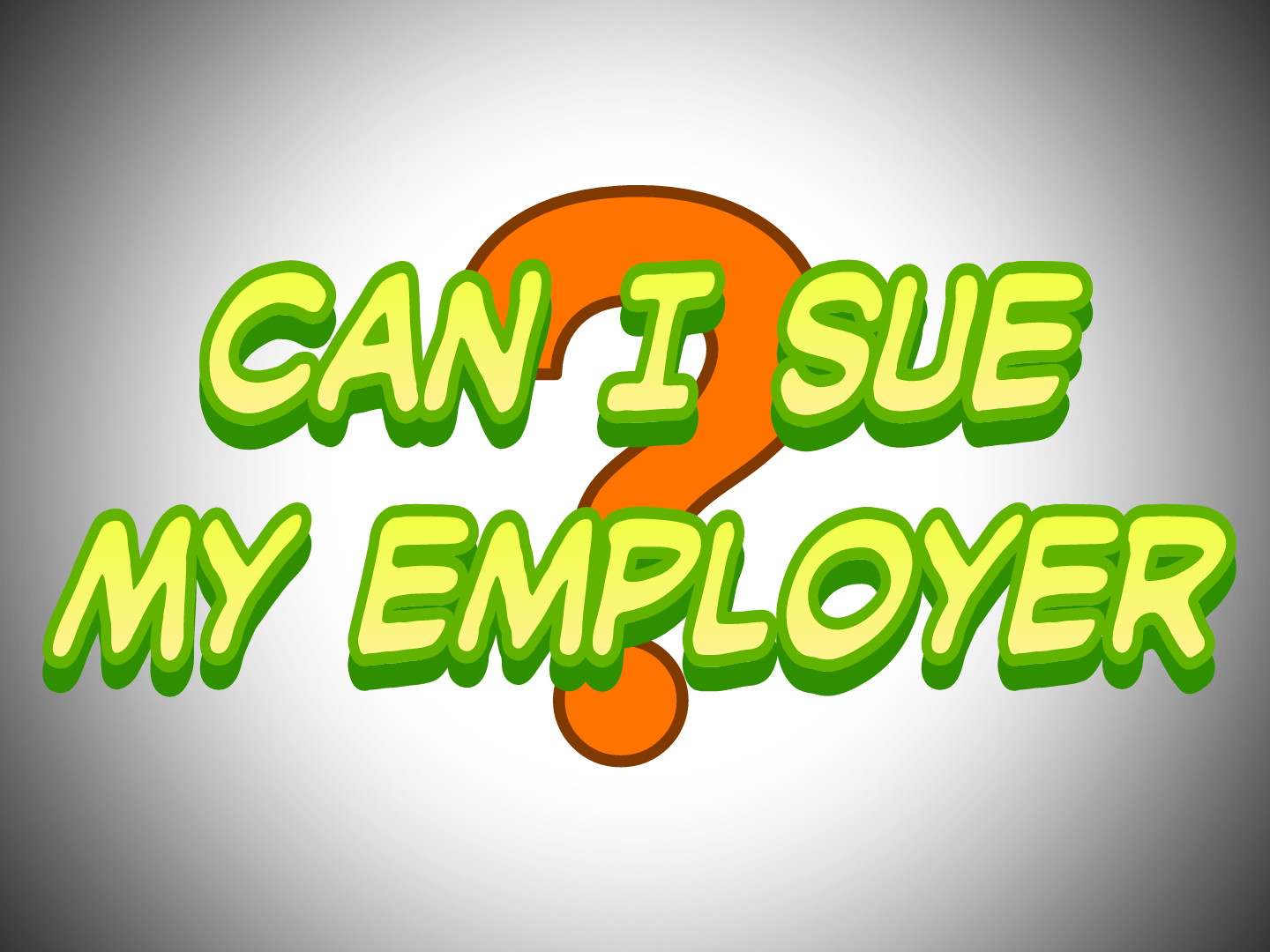On November 1, 2023, the employment law firm Famighetti & Weinick PLLC, launched a revamped website in preparation for its 10th anniversary year. F&W anticipates that the brighter, fresher look to the website will enhance users’ experiences, while continuing to provide quality content about both the firm’s services, and employment law topics. In 2014, F&W…
Continue reading ›Your Side









